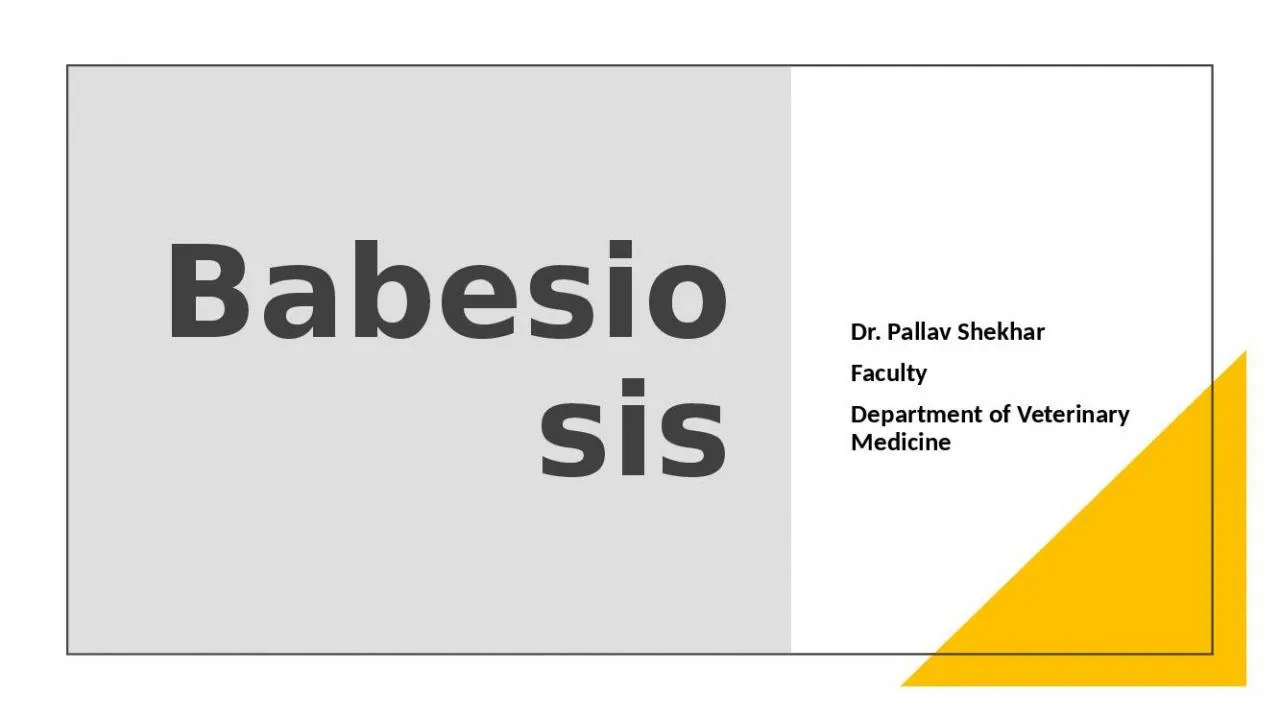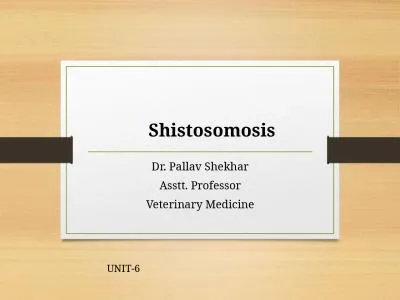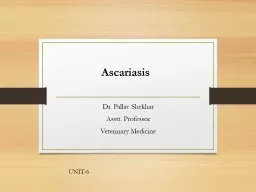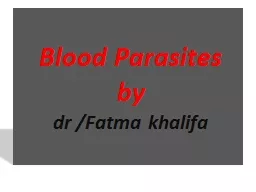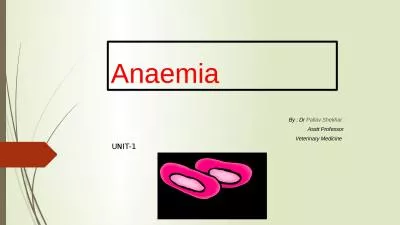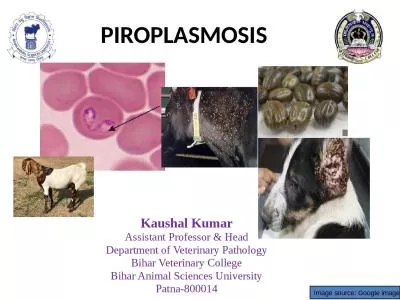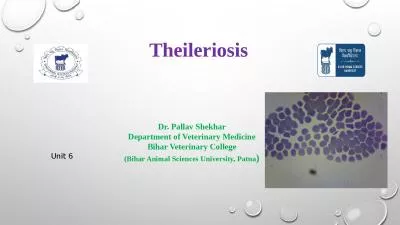PPT-Babesiosis Dr. Pallav Shekhar
Author : roxanne | Published Date : 2022-05-31
Faculty Department of Veterinary Medicine Introduction Babesiosis is tick transmitted haemoprotozoan infection of cattle buffalo horse sheep goat dog pig and wild
Presentation Embed Code
Download Presentation
Download Presentation The PPT/PDF document "Babesiosis Dr. Pallav Shekhar" is the property of its rightful owner. Permission is granted to download and print the materials on this website for personal, non-commercial use only, and to display it on your personal computer provided you do not modify the materials and that you retain all copyright notices contained in the materials. By downloading content from our website, you accept the terms of this agreement.
Babesiosis Dr. Pallav Shekhar: Transcript
Download Rules Of Document
"Babesiosis Dr. Pallav Shekhar"The content belongs to its owner. You may download and print it for personal use, without modification, and keep all copyright notices. By downloading, you agree to these terms.
Related Documents

